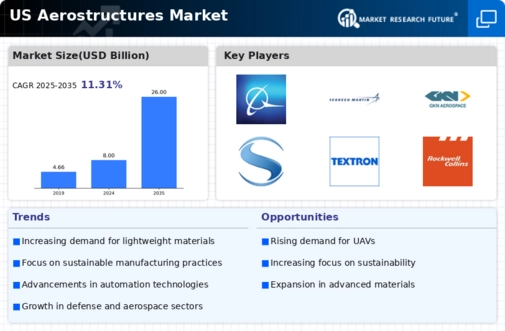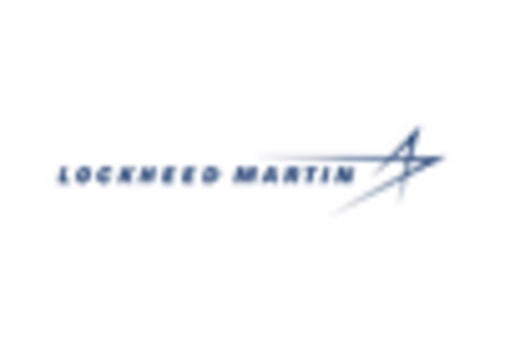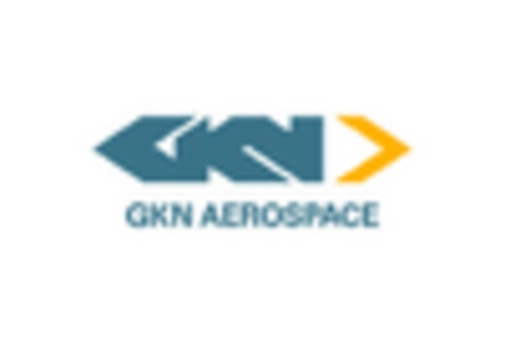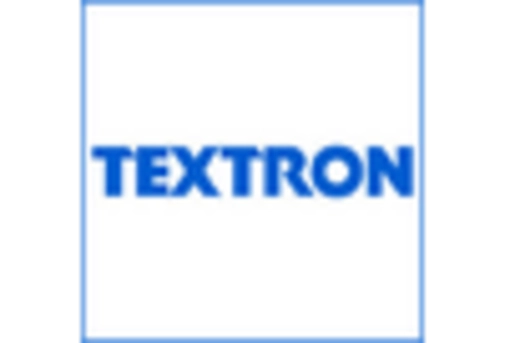The aerostructures market in the US is characterized by a competitive landscape that is both dynamic and multifaceted. Key growth drivers include advancements in aerospace technology, increasing demand for fuel-efficient aircraft, and a robust defense sector. Major players such as Boeing (US), Lockheed Martin (US), and Northrop Grumman (US) are strategically positioned to leverage these trends. Boeing (US) focuses on innovation and sustainability, particularly in developing next-generation aircraft components. Lockheed Martin (US) emphasizes defense contracts and advanced manufacturing techniques, while Northrop Grumman (US) is heavily invested in digital transformation and automation. Collectively, these strategies not only enhance their operational capabilities but also shape a competitive environment that is increasingly reliant on technological advancements and strategic partnerships.
In terms of business tactics, companies are localizing manufacturing to reduce lead times and optimize supply chains. This approach is particularly evident in the moderately fragmented market structure, where key players exert considerable influence. The collective actions of these companies suggest a trend towards consolidation, as they seek to enhance their competitive edge through strategic mergers and acquisitions, thereby streamlining operations and expanding their market reach.
In November 2025, Boeing (US) announced a partnership with a leading technology firm to develop advanced composite materials aimed at reducing aircraft weight and improving fuel efficiency. This strategic move underscores Boeing's commitment to innovation and sustainability, positioning the company to meet the evolving demands of the aerospace sector. The collaboration is expected to yield significant advancements in aerostructure design, potentially setting new industry standards.
In October 2025, Lockheed Martin (US) secured a substantial contract with the US Department of Defense for the production of advanced aerostructures for military aircraft. This contract not only reinforces Lockheed Martin's position in the defense sector but also highlights the company's focus on leveraging cutting-edge manufacturing technologies. The strategic importance of this contract lies in its potential to enhance operational efficiency and reduce production costs, thereby solidifying Lockheed Martin's competitive advantage.
In September 2025, Northrop Grumman (US) unveiled a new digital manufacturing facility aimed at integrating AI and automation into its production processes. This facility is expected to significantly enhance production capabilities and reduce time-to-market for new aerostructures. The strategic importance of this initiative lies in its potential to drive innovation and improve supply chain reliability, which are critical factors in maintaining competitiveness in the rapidly evolving aerospace market.
As of December 2025, current competitive trends in the aerostructures market are increasingly defined by digitalization, sustainability, and AI integration. Strategic alliances are becoming more prevalent, as companies recognize the need to collaborate in order to innovate and meet regulatory demands. The competitive landscape is shifting from traditional price-based competition to a focus on technological differentiation and supply chain resilience. This evolution suggests that companies that prioritize innovation and reliability in their operations will likely emerge as leaders in the market.





















Leave a Comment